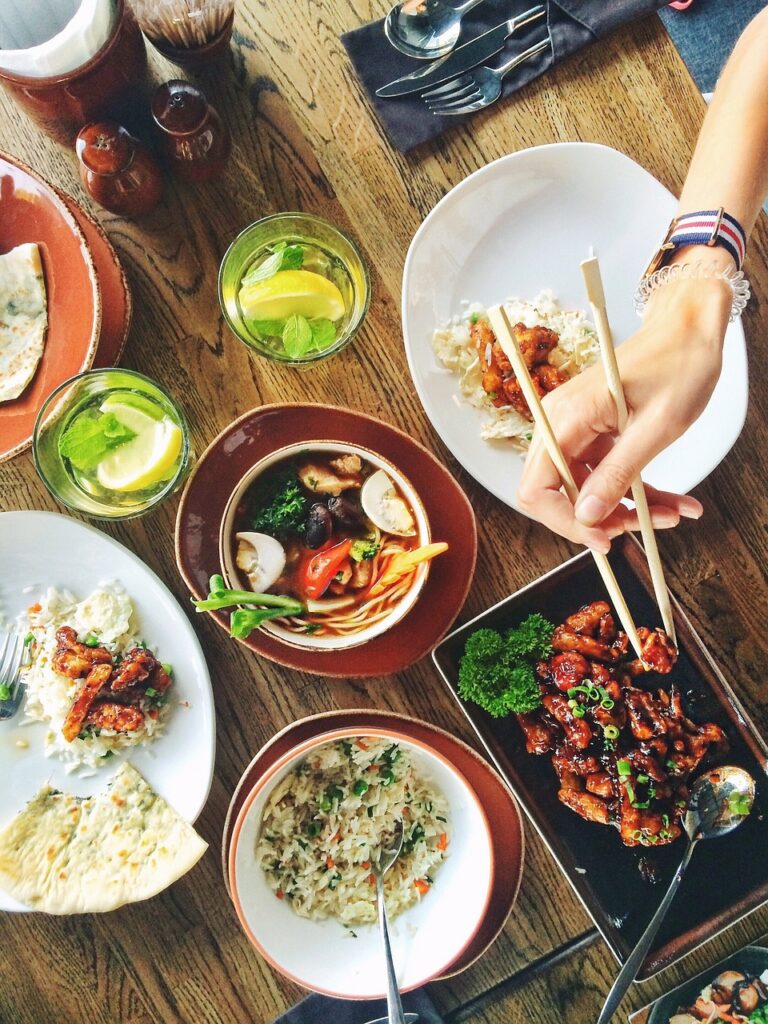15 Best Countries for Americans Moving Abroad: The Ultimate Guide
Thinking of moving abroad? Here’s a guide to 15 best countries for Americans, covering visa options, cost of living, and vibrant expat life in places like...
No products in the cart.
Home » A Window into Culture: The Importance of Gastronomy, Handicrafts, and Traditions.
As we navigate the world, we are constantly discovering new and fascinating cultures, each with its own rich history, values, and beliefs. Gastronomy, handicrafts, and traditions play a vital role in shaping a culture’s identity and preserving its heritage, providing us with a window into the heart and soul of a community. These elements are intertwined, reflecting the other in a beautiful and intricate dance.

Handicrafts are another important aspect of cultural heritage. They showcase the artistic skills of a community and the use of materials that are locally available. From the intricate embroidery of Central Asia to the delicate pottery of Mexico, to the beautiful baskets of Africa, each handicraft tells a story about the creativity, resourcefulness, and aesthetic sense of the people who made it. These handmade creations are not only beautiful but also functional, and they often reflect the cultural values and beliefs of the community.
Traditions provide a glimpse into a community’s daily life and customs, and they reflect the values, beliefs, and stories passed down from generation to generation. From the colorful festivals of South America to the elaborate wedding celebrations of India, to the religious rituals of the Middle East, traditions provide a sense of continuity and connection to the past.
In today’s globalized world, it is increasingly important to appreciate and celebrate cultural differences, as it helps to promote understanding, tolerance, and respect between people from different backgrounds. By exploring the elements of gastronomy, handicrafts, and traditions, we can develop a deeper appreciation and respect for different cultures and broaden our understanding of the world.
However, it is also important to protect and preserve these elements of a culture’s identity and heritage, so that future generations can continue to enjoy and learn from them. In a world where cultural homogenization is a growing concern, it is crucial to ensure that traditional practices and customs are not lost, but rather celebrated and preserved for future generations.
In conclusion, gastronomy, handicrafts, and traditions are integral components of a culture’s identity and heritage, and they provide us with a rich and fascinating insight into the world and its people. By exploring these elements, we can broaden our understanding of different cultures and develop a deeper appreciation for the cultural mosaic that makes the world so vibrant and diverse.
Hey! I'm a traveler and art lover who's been abroad for over a decade, currently calling Shanghai home. I'm all about exploring, writing, and soaking up different cultures. My plan? Keep on traveling the world!
Thinking of moving abroad? Here’s a guide to 15 best countries for Americans, covering visa options, cost of living, and vibrant expat life in places like...
The United Arab Emirates (UAE) is a country located in the southeast of the Arabian Peninsula. It is made up of seven emirates: Abu Dhabi, Dubai,...
Tajikistan is a country located in Central Asia, bordered by Afghanistan to the south, China to the east, Kyrgyzstan to the north, and Uzbekistan to the...
As a female traveler in my 30s, I've been fortunate enough to explore Oman on multiple occasions, and I can confidently say that it is one...
Tbilisi, Georgia is a charming city full of culture, history, and natural beauty. Must-visit attractions include Freedom Square, Sulphur baths, and the Georgian National Museum.
Istanbul is a perfect mix of old and new. This guide will show you the best things to do and see in the city. With insider...
Thinking of moving abroad? Here’s a guide to 15 best countries for Americans, covering visa options, cost of living, and...
Discover how to transform cottage cheese into a delicious, high-protein flatbread topped with creamy avocado, juicy cherry tomatoes, and peppery...
Cottage cheese is back in the spotlight, thanks to its high protein and versatility. From bone health to muscle recovery,...
"The journey of a thousand miles begins with a single step." - Lao Tzu
Read more
Made With ❤️ © 2025 amanibejaoui.com
Subscribe now to keep reading and get access to the full archive.